How to Calculate Options Prices and Their Greeks: Exploring the Black Scholes Model from Delta to Vega
$26.08
| Author(s) | |
|---|---|
| Format |
|
| Pages |
220 |
| Publication Year |
2015 |
How to Calculate Options Prices and Their Greeks is the only book of its kind, showing you how to value options and the greeks according to the Black Scholes model but also how to do this without consulting a model. You’ll build a solid understanding of options and hedging strategies as you explore the concepts of probability, volatility, and put call parity, then move into more advanced topics in combination with a four-dimensional approach of the change of the P&L of an option portfolio in relation to strike, underlying, volatility, and time to maturity. This informative guide fully explains the distribution of first and second order Greeks along the whole range wherein an option has optionality, and delves into trading strategies, including spreads, straddles, strangles, butterflies, kurtosis, vega-convexity , and more. Charts and tables illustrate how specific positions in a Greek evolve in relation to its parameters, and digital ancillaries allow you to see 3D representations using your own parameters and volumes.
Introduction:
How to Calculate Options Prices and Their Greeks gives options traders, risk managers, fund managers, and private investors an in-depth guide for valuing and understanding options and “the Greeks”. This important resource explains the ins and outs of the commonly used Black and Scholes model that is appreciated for its simplicity and ability to generate a fair value for options pricing in all kinds of markets as well as how to calculate/approximate values for options and the Greeks without applying a model. The author outlines a practical approach for using the strengths of the Black and Scholes model to understand, set up, and effectively manage an option position.
The author explains, step by step the most effective options and hedging strategies. While other resources rely on an ineffective two dimensional approach to investing in options, Ursone takes a practical, four-dimensional approach that puts the emphasis on the distribution of the Greeks. Greeks measure the sensitivity of the value of an option with regards to changes in parameters like the strike, underlying (Future), volatility (measure of the variation of the underlying), time to expiry or maturity and the interest rate. Any change in one of the parameters will directly result in a change in the Greeks and will have an impact on the P&L of an options portfolio. The author therefore accentuates an understanding of the Greeks as a prerequisite for trading and managing an options portfolio.
This informative guide explains the distribution of first and second order Greeks along the whole range wherein an option has optionality, and delves into trading strategies, including spreads, straddles, strangles, butterflies, kurtosis, vega-convexity, and more. The book’s illustrative charts and tables clearly show how specific positions in a Greek evolve in relation to its parameters.
How to Calculate Options Prices and Their Greeks offers traders at all levels effective strategies that eschew the simplistic two dimensional approach of P&L versus underlying and shows how the Greeks can make a world of difference over the lifetime of an options portfolio. How to Calculate Options Prices and Their Greeks is a comprehensive guide to a thorough and more effective understanding of options, their Greeks, and managing option strategies.
Contents:
- THE NORMAL PROBABILITY DISTRIBUTION
- VOLATILITY
- PUT CALL PARITY
- DELTA Δ
- PRICING
- DELTA II
- GAMMA
- VEGA
- THETA
- SKEW
- SPREADS
- BUTTERFLY
- STRATEGIES
How to Calculate Options Prices and Their Greeks: Exploring the Black Scholes Model from Delta to Vega By Pierino Ursone pdf
10 reviews for How to Calculate Options Prices and Their Greeks: Exploring the Black Scholes Model from Delta to Vega
Clear filtersOnly logged in customers who have purchased this product may leave a review.

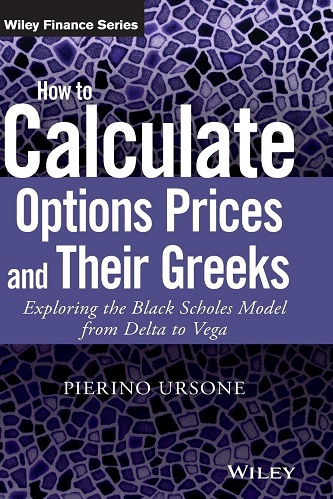
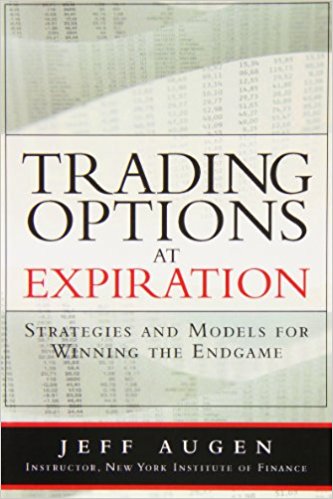
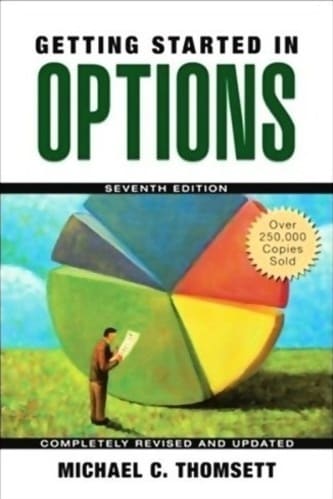
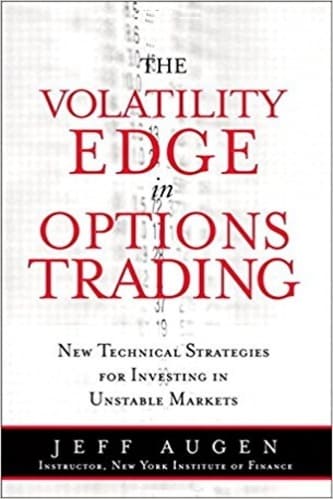
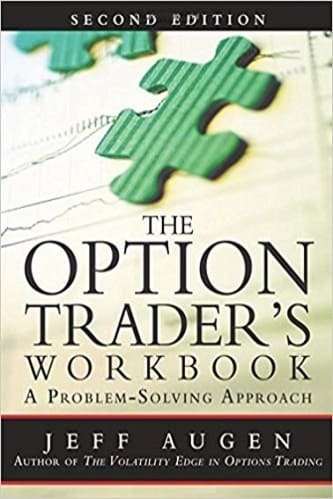
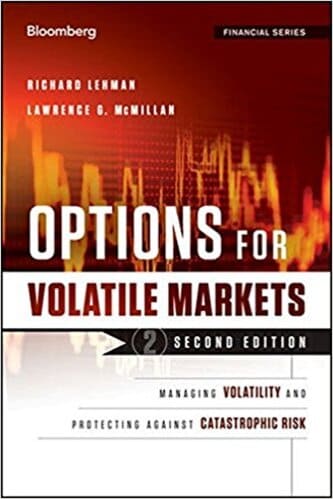
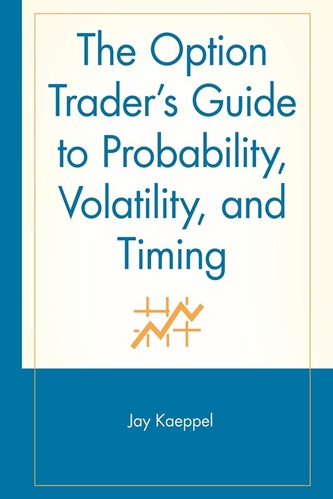
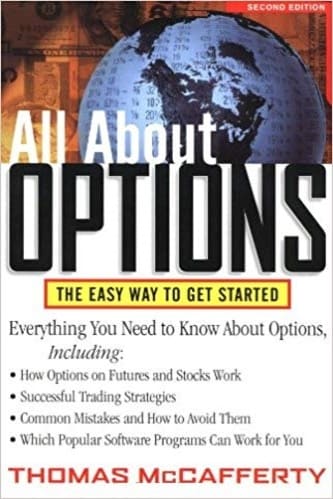
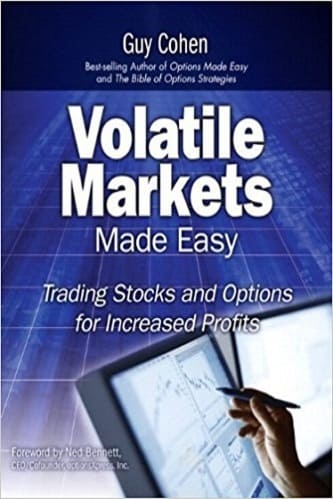
Amari Archer (verified owner) –
Fair
Oakleigh Carpenter (verified owner) –
GOOD
Ramon Fitzgerald (verified owner) –
Look no further. If you want a practical, detailed explanation of proper risk management for Options Traders you will find it in this gem of a book. Not only does it present you with a great theoretical and mathematical background as to how Options and their Greeks behave but it does so in a very straghtforward and practical “rule-of-thumb” manner. I especially appreciated the formulas to quickly figure out ATM Straddles and with this information get a rough but very accurate estimate (with no need for Trading Platforms or sophisticated software) of an Option’s Greeks. The fact that it touches upon second and third order greeks beside gamma (Vomma, Vanna, Charm, etc) is a welcome plus without making the subject confusing at all.
The author of this book is clearly a great teacher, being able to explain difficult concepts in a clear and concise manner (for example with Greeks behaviour over time, volatility ranges, etc.) and it shows that he has been down in the trenches trading Options in the market as well and knows the everyday tools that professional traders need to have at their disposal.
Palmer Ball (verified owner) –
Extremely technical. Need a degree in mathematics to understand. Difficult read. Maybe I am just dumb but it is for someone who is really into options to the nth degree.
Derek Lowe (verified owner) –
If You Trade Options, you must read this book. You will learn how the market prices options and how you can exploit better option prices for your own gain. Mr. Ursone is a proponent of Black-Scholes-Merton with excellent financial results fully documented. This book is a must read.
Marlee Douglas (verified owner) –
This book is very technical. Not a book for beginner in Options trading.
Ephraim Jennings (verified owner) –
A very good book to understand option basic knowledge. It’s both theoretical and practical. Concepts are well and simply addressed. The author also adds many practical use cases from his trading experience. It’s a good book, especially recommended to experienced option Traders or speculators.
Shane McCann (verified owner) –
Good
Jeremy Moon (verified owner) –
I’ve read McMillan (multiple editions), Passarelli, and Sinclair on the topic and Mr. Ursone is one of my favorites among them. Mr. Ursone strikes a nice balance between concepts and mathematics. Several reviews downgrade the book for being complex. I’ve read more complex work on the topic and like the balance here. This is a technical read on a topic that demands it and I think it is worth putting in the time to read it slowly and I plan to go back through it.
Naya Kline (verified owner) –
I’ve been trading Options for 7 years now. Once I realized that I needed to understand the Greeks and risk management, I started making money on a consistent basis. Pierino Ursone’s book “How to Calculate Options Prices and Their Greeks” bridges the gap between Theory and real life practice. This author provides a level of math and graphs that solidifies your understanding of the Greeks. Dan Passarelli book “Trading Option Greeks” provides insight into the dynamics of the Greeks in your strategy and your risks. You can see the dynamics of the Greeks with Dan, especially on a practical level. Brian Johnson’s book “Option Strategy Risk/return Ratios” provides a foundation on risk in a unique paradigm.
Then you have Larry’s book on Options, considered to be the bible on options. Pierino Ursone’s book links all the above books. He provides just the right amount of math. For example, he provides the definition of Delta as the first derivative and the corresponding formula. He then proceeds with a graphical interpretation of delta. Then he departs from most other books and shows how Delta changes graphically with concrete and practical trading. If you as a trader are able to put the formula, the graph, the numbers together as a dynamic trade, you will see in the utility in his book. He complements Dan, Larry, and Brian. Though you may trade options without knowing the Greeks, real traders know that the Greeks shows a sensitivity to risk.